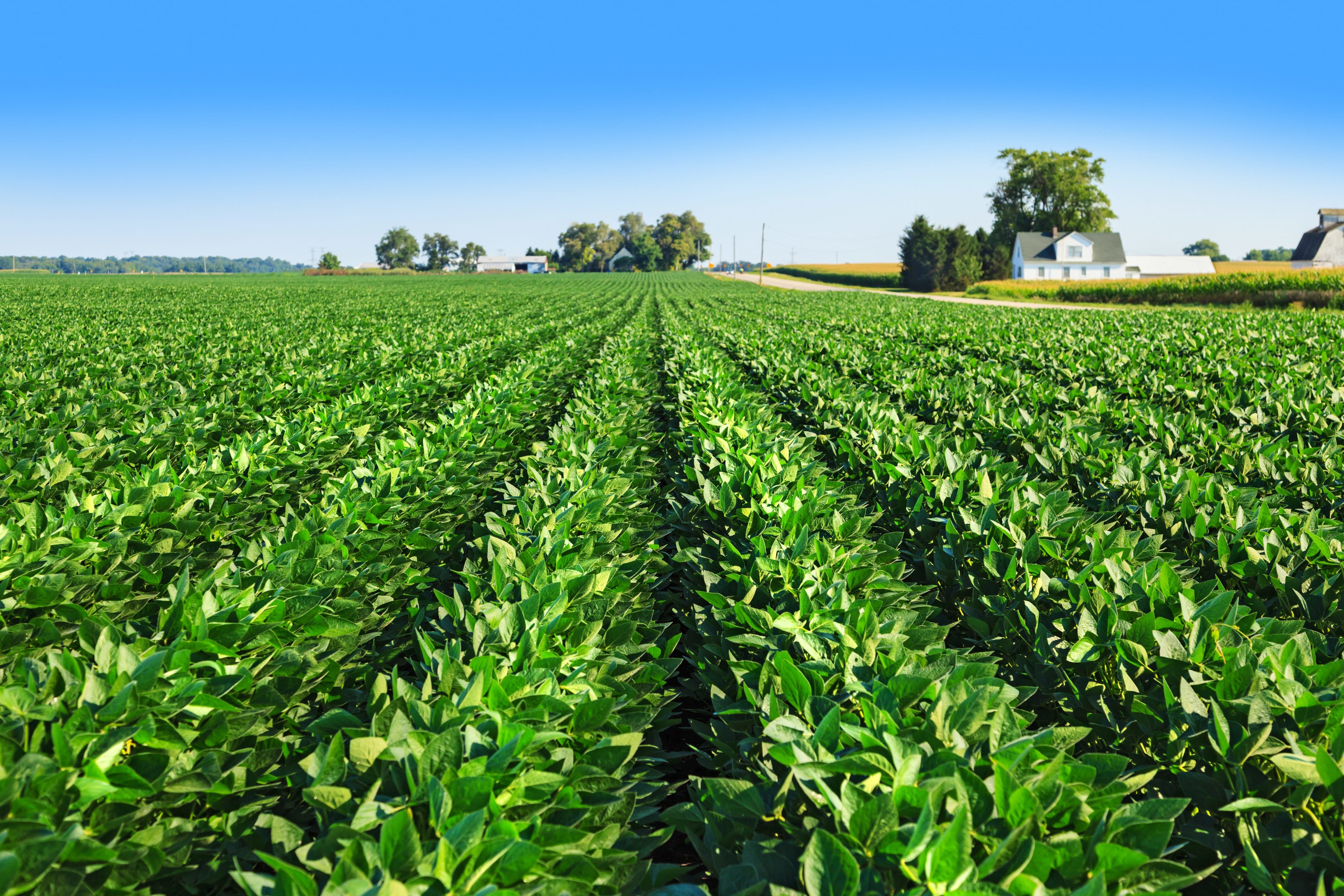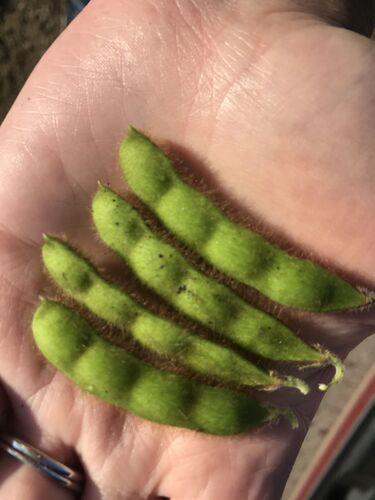
By: Pro Farmer
On its Midwest Crop Tour, Pro Farmer scouts don’t calculate soybean yield with Crop Tour samples. Instead, they count pods in a 3-foot (.91-meter) square. Reason: The number of pods it takes to make a bushel is different in each state and varies from year to year.
Soybean pod counts were down from year-ago, but fewer pods don’t necessarily mean lower yields. Our pod counts were near the “sweet spot” that we’ve found leads to maximum yields over the 30 years of Crop Tour data. Moisture ratings this year were up sharply in all but Nebraska. Even South Dakota had a higher moisture rating than last year. The increased moisture should allow the soybean crop to finish strong. If September weather is favorable, late-maturing and double-crop soybeans would build bigger yields and add to production.

Our so-called “sweet spot” for pod counts is around 1,150 pods, which is where yields are optimized. Much above that mark and late-season conditions need to be near ideal to have a positive impact on yields. Too far below the optimal level results in not enough pods to produce a big yield. The average of all the state averages this year was 1,108 pods in a 3’ x 3’ (.91 x .91 meter) square. The average of all samples was 1,138 pods. Both were close to the optimal level. Other years with similar high average pod counts have been the highest yielding – 1,197 in 2021 yielded 51.4 bushels (1.40 metric tons), 1,297 in 2020 yielded 50.2 bushels (1.37 MT), 1,216 in 2018 yielded 51.6 bushels (1.40 MT), and 1,154 in 2016 yielded a record 52.9 bushels (1.44 MT) per acre.
Many areas in the eastern Corn Belt likely have enough soil moisture for soybeans to finish strong. Areas of the western Corn Belt will need another rain or two to get soybeans to the finish line.
For more information from the field and the farmers responsible for growing the crop and caring for the land, sign up to listen in to the U.S. Soy World Agricultural Supply & Demand Estimates Report webinar Sept. 12 (Americas) / Sept. 13 (Asia).
This article is partially funded by U.S. Soy farmers, their checkoff and the soy value chain.